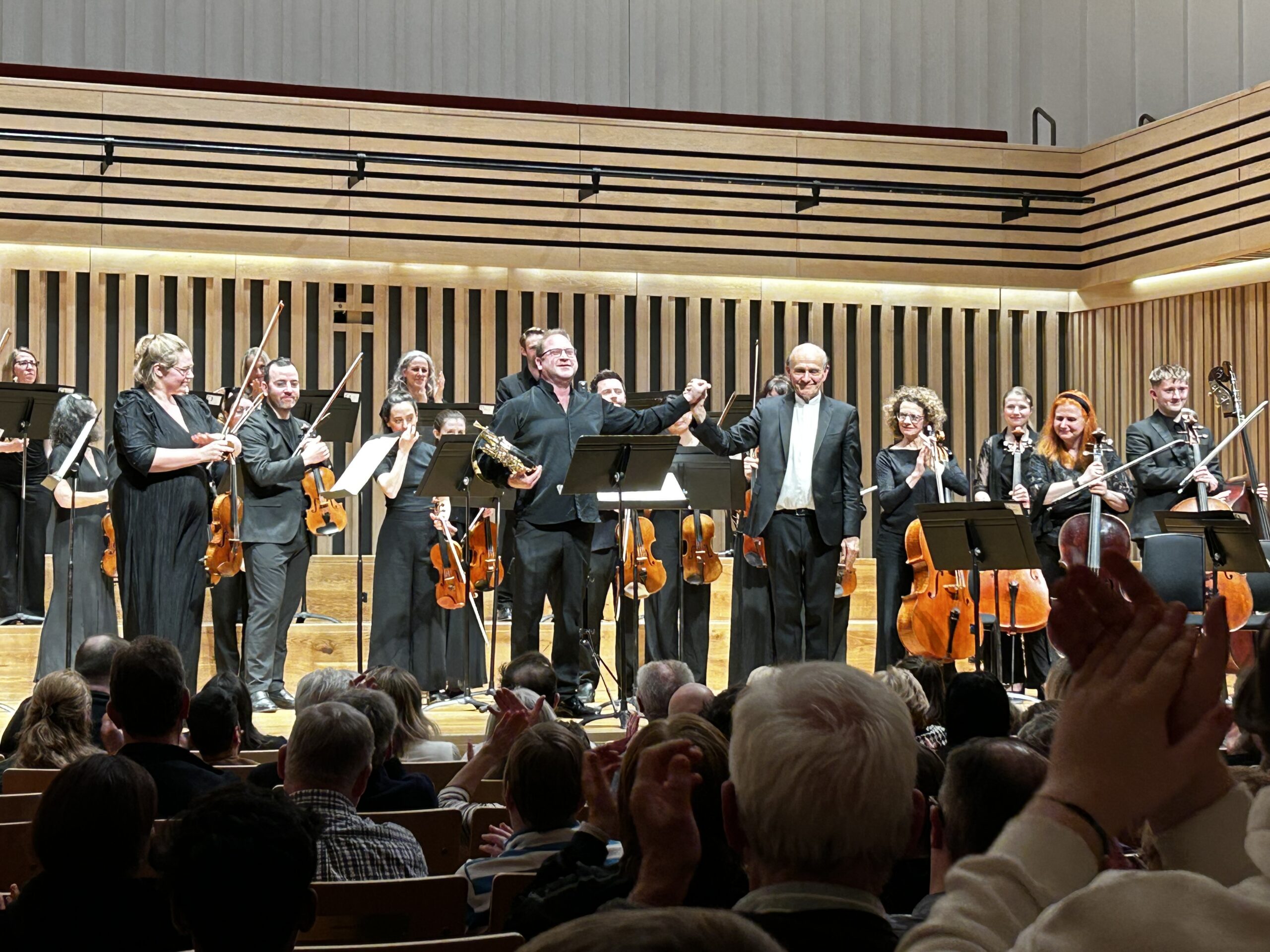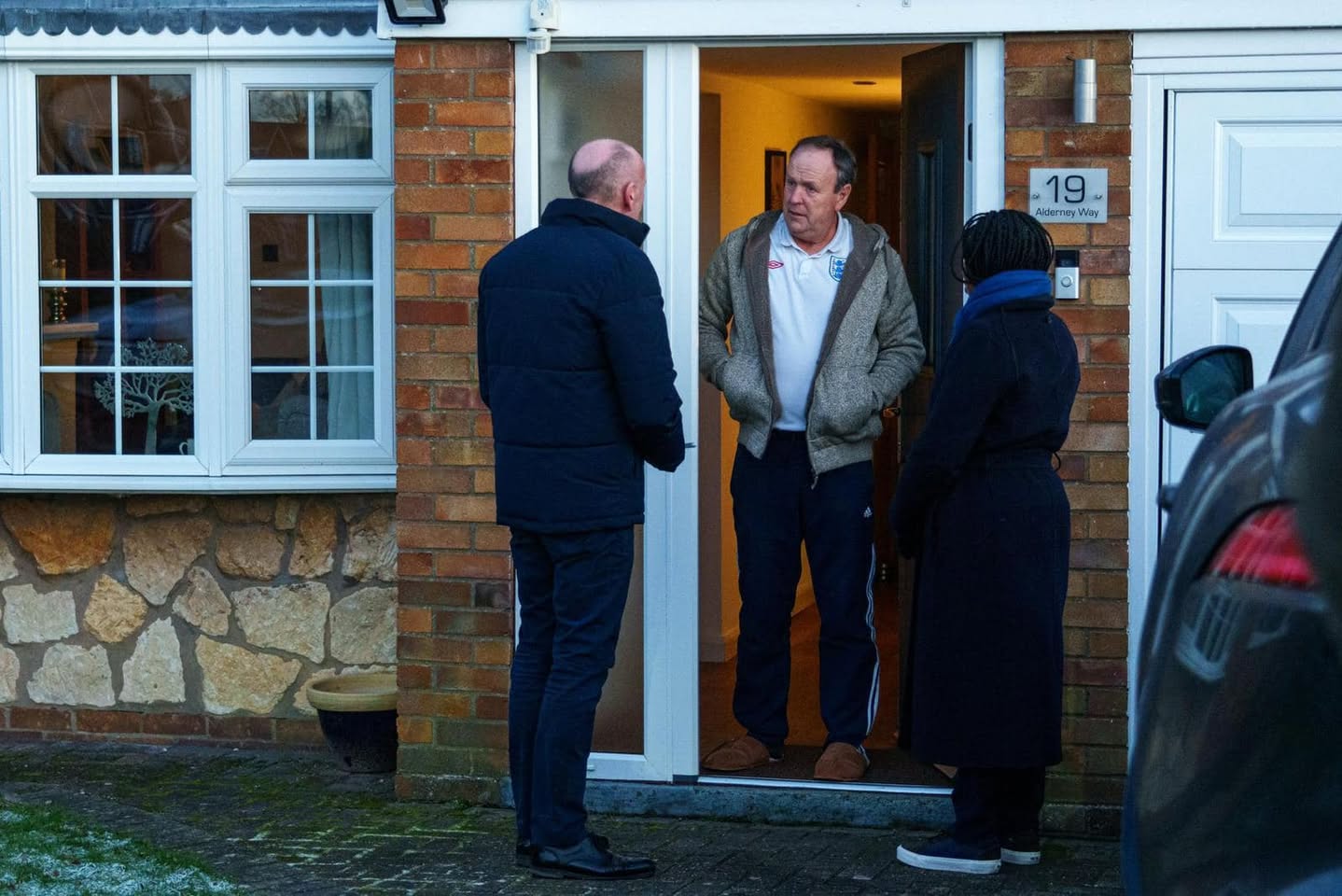The future of classical music and music education’s part of it
Securing the headline space this week in the arts and beyond, has been news from London chamber music venue Wigmore Hall’s successful bid to raise £10million in funding. The fundraising plan has delivered earlier than expected for the venue and, as such, means they’re no longer needing to draw on support from Arts Council England funding to the tune of £350,000 a year.
This success is an opportunity to highlight not only the Arts Council England’s funding strategy — ‘Let’s Create’ — but also to reinforce the argument that the way to build future audiences for classical music is to reinstate a rich and fulfilling music education curriculum, of the kind present in schools fifty years ago.
There’s been much debate this past week about what young people (let’s say between 5 and 15 years of age) are currently exposed to as they grow up compared to that of their parents, and their parents, when they were growing up. Netflix’s Adolescence is a chilling drama exposing the manosphere and its toxic influence over young boys and the catastrophic and heartbreaking consequences such influence can have. The coverage that has followed its release has followed up with meaningful discussion of the kind, like the TV drama itself, we’ve not seen before. Education competes for attention with the mobile phone in the hand distracting the next generation and creating impossible challenges for the future.
This assuming that the lesson is on the curriculum at all and that the curriculum is being extended to everyone, as was highlighted by Wigmore Hall’s director John Gilhooly at the London venue’s new season launch earlier this week. Capturing hearts and minds at an early age with exposure to the arts is critical just as it was fifty years ago, but it isn’t the responsibility of Arts Council England and its current ten year strategy of ‘Let’s Create’. Gilhooly like many in the industry see this allocation of Arts Council England resources as evidence of a systemic failure in education being addressed by a funding body acting as an education enforcer, denying arts organisations the long-standing support they once relied on to deliver high-quality artistic programmes. Overcome this systemic failure first ‘then we can talk’ said Gilhooly. In practice, that means Government policy seeing a restoration the arts to the curriculum and the appropriate line appearing in an education budget.

Let’s Create – the Arts Council England’s 10-year strategy (2020–2030) — aims to ensure that everyone, regardless of background, can access and participate in high-quality cultural and creative experiences. Critics of the strategy point to its vagueness and overreliance on aspirational language, and a clear mechanisms for measuring success and ultimately its lack of teeth in addressing the structural inequalities of the industry. Many consider that the strategy is also diverting money from established cultural organisations up and down the country whose knowledge, experience and connections make them best placed to provide this work anyway. Funds given towards broader, community-focused initiatives, while well-intentioned, support projects that can be more diffuse in impact, harder to evaluate, and may dilute long-term artistic development.
Here’s John Gilhooly outlining his thoughts speaking to Samira Ahmed at Wigmore Hall:
“There are a few things I think I’d like to correct … One of one of the things I said very strongly is this is not an outright attack on Art Council England, uh it’s separation.
I don’t think it’s a divorce. We are hugely grateful to our council England forgetting us this far. They ran the place from 1946 on the 70s, so they are part of a success story.
Where we where are we part company is, are they still an advocate for the arts or are they an enforcer? That’s the question. We hugely totally believe in community and our reach work and we we work for some of the most marginalized people in society here. We worked for schools, and that outreach and learning program is central to what we’ve been about.
And in particular, our work with dementia, which I think we will expand in the years ahead. So there is there is no anti-community anti-outreach agenda here. All that will continue. It’s just important to say all of that and to get that out there clearly. But we also we have an issue with the Let’s Create policy because it’s very well intentioned.
But there is no way that it will reach every young person in the classroom. And it’s been heartening and again this wasn’t reported, because I said this to all the reporters today. It’s been heartening to hear the culture secretary and the education secretary speak up as part of this new administration to say they’re going to put the arts back in the curriculum.
Now, we’re early in the administration, these are just words at the moment we need to see the policies, we need to see it happen. But I don’t think that we will have as diverse audiences as we could have, or that we that we are giving young people that right to express themselves to be creative, to become good citizens unless we get to them in those early years in the classroom. [The experience] can be very humble. If I didn’t sing in the church choir at age six or seven, I wouldn’t be here. It doesn’t cost much to out to run a school choir.
And so Let’s Create is wonderful in that it wants to spread through the country, it wants to go to places that that have nothing of people have nothing. But, there are still millions of children disenfranchised in the classroom, not being exposed to arts, and there is a systemic problem that needs to be fixed by government as an individual individual institution. There is only so much we can do as collective institutions as part of the national Arts Council portfolio, we reach hundreds of thousands of people, but again, not everybody.
My plea is that this systemic failure is addressed, and then we can talk properly about diversity in the future and about audiences of the future. But we are denying and a whole generation has been denied this.
When the country was much poorer in the 60s and the 70s, there was amazing teaching, music teaching in the classroom and many audience members who were here today remember all of that, and if we could go back to those days, I think that’s that is the solution.
So, we wish arts council England, or the best. We thank them for getting us here.
This is not an attack for you. This is part of democracy, speaking up, saying what we need to say and what many in the music world feel, uh in other disciplines, this policy works, but for classical music it clearly hasn’t. And I don’t think that we should demolish a resident offer company in one of the world’s great capitals, or I don’t think that we should I don’t think that we should, as almost happened, get rid of a central London orchestra on the South Bank.
So, yes, let’s level up. Let’s get to as many people as possible, but let’s let’s be as fair as possible with that policy. Let’s not destroy London. Yes, the nation needs to prosper, but for for the nation to prosper, London needs to prosper as the great capital that it is and all the soft power that this brings.”
Gilhooly is a passionate advocate of the genre, with a keen eye for a newsline. He’s more than aware of the benefits leveraging success like this to make a wider point on behalf of the industry. That £10m fundraising has meant that Arts Council’s 2% contribution to the venue’s operating costs illustrates that the organisation is already in a solid position, a reflection in part of its location in central London, and its considerably monied supporters, donors and sponsors. It also consistently delivers artistic quality, delighting audiences with a wide range of programming.
Importantly and perhaps largely overlooked by most, it empowers the wider industry too. Thoroughly Good is currently engaged in producing coverage for a hospital-based community project, the skills of which originate from Wigmore Hall’s Music for Life programme. Without Music for Life this hospital-based community project wouldn’t have the skills, knowledge or experience needed to work, nor would the organisation be able to create similar experiences in dementia wards and care homes spanning three separate counties. Wigmore Hall’s activities, as underlined by Gilhooly earlier this week, will continue. But what of those organisations across the country whose funding is either reduced or removed because of Let’s Create now finding themselves unable to deliver the projects they were previously establishing? Cutting funding risks killing the project outright, especially where organisations don’t have the capacity to fundraise at Wigmore’s scale.
What Gilhooly demonstrates here is leadership. He has vision, he listens, he inspires, and he understands the wider industry and what role Wigmore plays in it. That leadership extends to the day to day as well — it is the only place Thoroughly Good has worked where what is seen outside is reflected inside. That’s going to be invaluable right now in restablishing the arts in the curriculum and rebuilding future audiences. Doing so will take far more than tinkering around on social media, changing the language we use to describe the art, or swapping out thumbnails for digital advertising. If music isn’t part of a lived experience from early on everyone else is shouting into an empty room. We mustn’t mistake short-term visibility afforded by digital platforms for long-term audience development. Digital is a tool not a solution. Be wary of those who suggest otherwise.
But what Gilhooly will need to be wary of is the rabble rousers who seize the story and use it as a political football to kick Wigmore and, perhaps more importantly, polarise opinion about existing venues and projects. Treading the line between agitation and pouring fuel on the culture war is a difficult one. Some might even argue that demonstrating you can function without Arts Council funding is precisely what a cash-strapped Government wants to see and hopes the rest of the industry will replicate.



